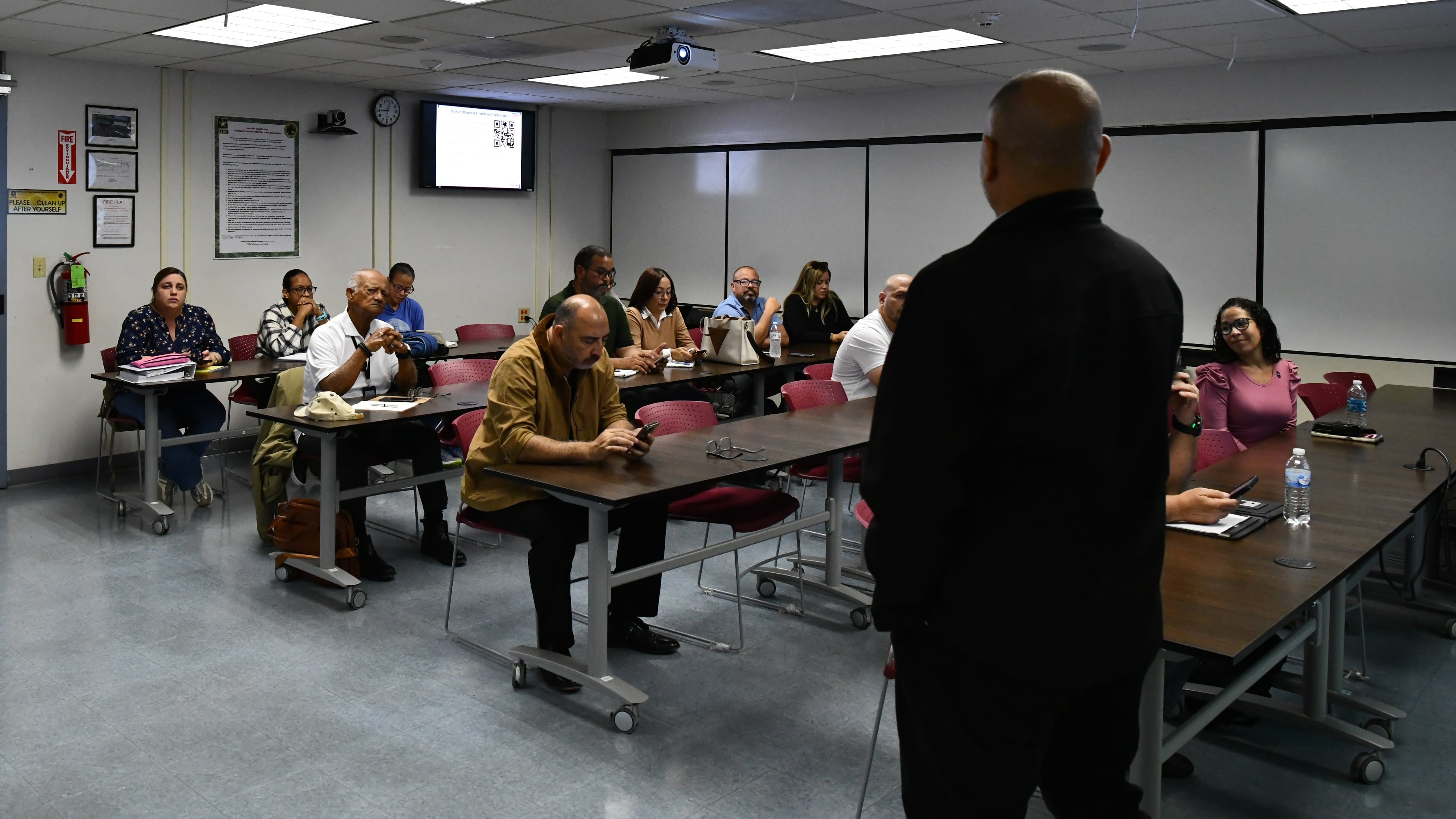The Air Force saw the fewest of the three most serious classes of mishaps involving manned aircraft in at least a decade in fiscal 2020.
But that silver lining comes with a big asterisk: The number of hours airmen flew in manned aircraft in 2020 also plunged to its lowest level since at least fiscal 2011, to 1.33 million hours. That’s lower than the 1.49 million hours flown in fiscal 2019, and about one-third less than the 1.97 million hours airmen flew in 2011.
The decline in flight hours — at least partially caused by the coronavirus pandemic that began unfolding halfway through the fiscal year — meant that the per-flight hour mishap rate actually ticked up slightly last year.
This suggests that several years into the Air Force’s effort to stem aviation mishaps, the service is still not yet showing progress — and has a long way to go.
Congress and the military renewed focus on safety issues after a 2018 investigation by Military Times found aviation-related accidents and deaths across the entire military rose in the years after sequestration.
That year was also the Air Force’s most devastating and deadliest in years, with 19 airmen lost in aviation-related deaths. The crashes of an HH-60 Pave Hawk in Iraq, which killed seven airmen, and a WC-130 in Georgia that killed nine members of the Puerto Rico Air National Guard were primarily responsible for that unusually high death toll.
Safety stand downs
Former Air Force Chief of Staff Gen. Dave Goldfein ordered an operational safety review in May 2018, including one-day stand downs for all flying and maintenance wings. The review found several factors — including a high operations tempo, lack of available aircraft, inexperienced maintainers, and a “get it done” culture pushing airmen to make sure the mission gets accomplished no matter what — could be potential risks to aviation safety.
♦
♦
The Air Force recorded 611 Class A, Class B and Class C mishaps in 2020, according to statistics released by the Air Force Safety Center at Air Force Times’ request. In terms of raw numbers, that represented the fewest since at least fiscal 2011.
The decline was primarily due to a plunge in the number of Class C mishaps, which dropped from 610 in fiscal 2019 to 549 last year. That continues a steady decline since fiscal 2017, when Class C mishaps hit their peak at 701. Class C mishaps are accidents that cost at least $60,000 but no more than $600,000, or lead to injuries serious enough to result in lost work days.
Class A and Class B mishaps were also relatively lower than in most recent years, at 23 and 39, respectively. However, those were slight upticks from 2019, when the Air Force recorded 20 Class A mishaps and 34 Class B mishaps.
Class A mishaps involve mishaps that cause damage totaling at least $2.5 million, the destruction of an aircraft, or the death or permanent total disability of someone involved. Class B mishaps cause between $600,000 and $2.5 million in damage, the permanent partial disability of someone, or the inpatient hospitalization of three or more personnel.
The Pentagon in 2020 increased the dollar amount for the different mishap categories, which also may account for some of the statistical shifts. In 2019, Class Cs cost between $50,000 and $500,000, Class Bs cost between $500,000 and $2 million, and Class As cost $2 million or more. The Pentagon said in 2019 that it was considering such a shift to take into account the extra expense of the advanced stealth coating and sensors on newer aircraft such as the F-35. That meant even small incidents, such as towing accidents, were sometimes costly enough to be deemed Class A mishaps.
RELATED
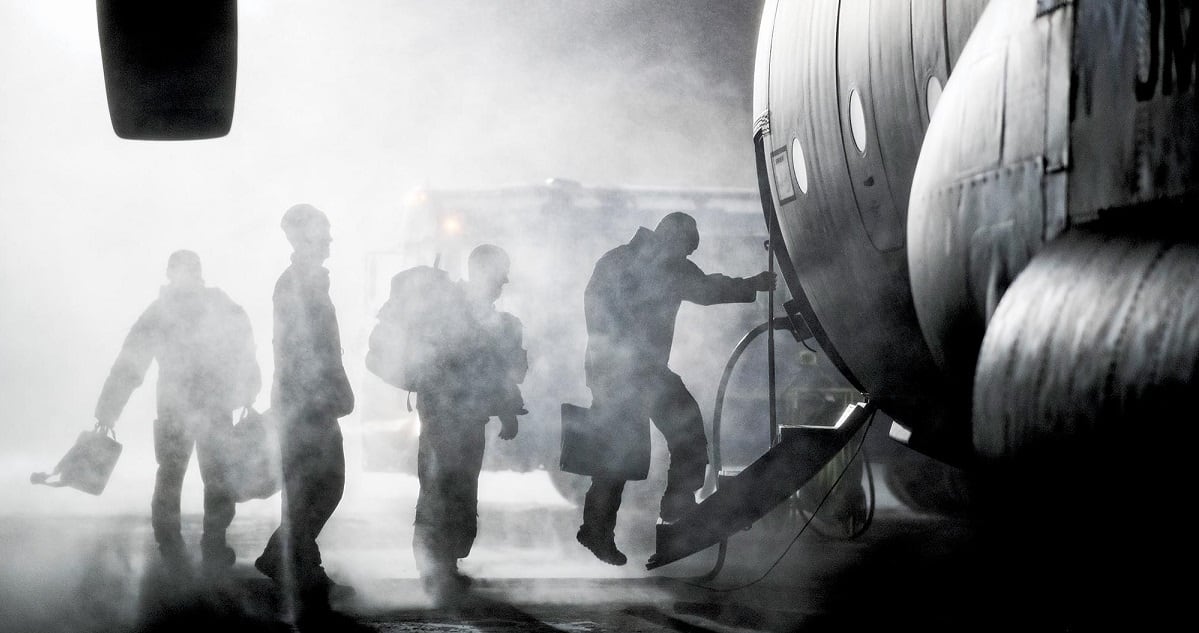
In a Feb. 3 interview, Maj. Gen. John Rauch, the Air Force’s chief of safety and head of the Air Force Safety Center, likewise said part of the increase in Class A and B mishaps may be due to the Air Force adding more F-35 fighters, which are more complex and expensive to repair. Mishap costs for the F-22 and F-35 fifth-generation fighters can also be driven up by their low-observable coating, which can easily be damaged during a mishap or the repair that follows, and need to be touched up.
But, Rauch said, the number of those most expensive mishaps remains relatively small, making it hard to draw conclusions from slight fluctuations in their totals and rates.
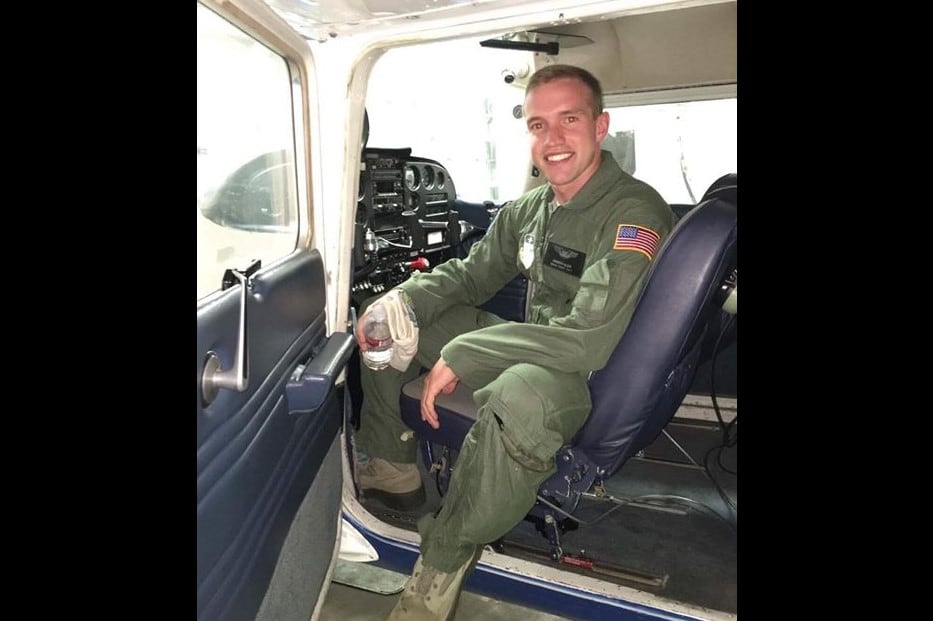
Safety efforts show little progress
Because the Air Force flies some aircraft more than others — and because the number of hours planes and helicopters spend in the air fluctuates from year to year — simply looking at the raw number of manned aircraft mishaps does not give an accurate measure of the service’s safety. Instead, the Air Force calculates mishaps per 100,000 flight hours.
When looking at the most serious categories of mishaps, classes A through C, the Air Force had 0.46 manned aircraft mishaps per 100,000 flight hours last year. That’s up slightly from the 0.44 mishap rate the Air Force saw in 2019. But the overall trend remains virtually unchanged over the past decade, with A-C mishap rates fluctuating between 0.4 and 0.48 since 2015.
♦
♦
When all mishaps are taken into account, including the least-serious Class D and E mishaps, the rates increased more noticeably in 2020, to 1.8 per 100,000 flight hours. That’s up from the 1.6 rate in 2018, and 1.7 in 2019.
This means that years into the Air Force’s effort to improve its safety and cut down on mishaps, it has little progress to show.
In some crucial air frames, the situation is growing worse.
The aging B-52 Stratofortress, which dates back to the early days of the Cold War, saw a rise in major mishaps over the past two years, rising from 19 in 2018 to 21 in 2019, and then shooting up to 31 last year.
The B-1B Lancer, another aging and heavily used bomber that has had much-publicized readiness issues in recent years, also saw an increase. Class A through C mishaps on the Lancer rose from 18 in 2018 to 20 in 2019 and then to 27 last year.
After a series of high-profile mishaps, the B-1′s readiness problems landed front and center before Congress in 2019. During his August 2019 nomination hearing to be vice chairman of the Joint Chiefs of Staff, Gen. John Hyten told lawmakers that the B-1′s issues were largely “because we’re just beating the heck out of them, deploying them, deploying them.”
Rauch agreed that the flying pace of the B-1 has likely played a factor there.
“That platform has seen changes in the number of flying hours,” Rauch said. “That obviously plays into some of that, just exposure.”
Fighter jets all saw improvements in their A through C mishaps between 2019 and 2020.
But the T-38′s major mishaps doubled between 2019 and 2020, rising from 25 to 50.
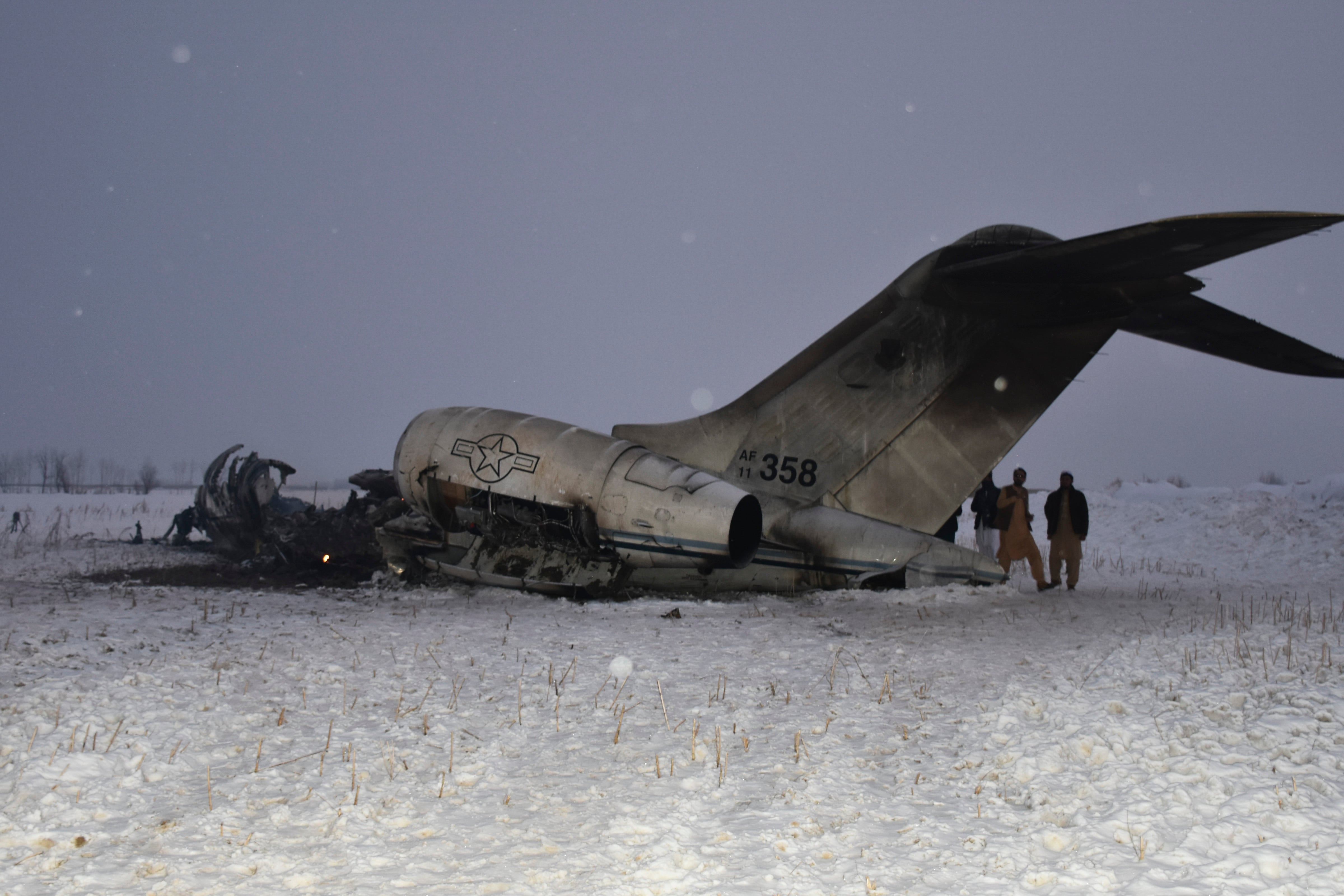
When looking at potential causes for the flight hour decline, Rauch said, “the one that definitely stands out is anything to do with COVID,” although other factors such as changes in Air Force operations could also play a part.
The COVID pandemic made this year very different, Rauch said. As the Air Force took steps to try to limit the spread of the coronavirus, he said, the service also had to watch to make sure those safety measures didn’t have unforeseen effects that could be causing other risks.
Unforgiving environment
The Air Force lost seven airmen in crashes or other aviation-related mishaps last year, and nine aircraft were destroyed. The number of fatalities was slightly lower than the 10-year average of 8.7 deaths, but the number of lost aircraft was greater than the average over the past decade of 7.8 lost aircraft, the Air Force Safety Center said in a summary accompanying the data.
The number of aviation-related deaths in 2019, two, tied for the Air Force’s least-deadly year ever.
“Which was still, obviously, two more than is acceptable,” Rauch said. “Our quest, our goal, has got to be to drive this to zero.”
But accomplishing that will be difficult. Aviators operate in an “unforgiving environment,” Rauch said.
The Air Force pays a great deal of attention to tracking fatalities, and mishaps that result in deaths are investigated particularly closely to try to prevent those accidents from happening again.
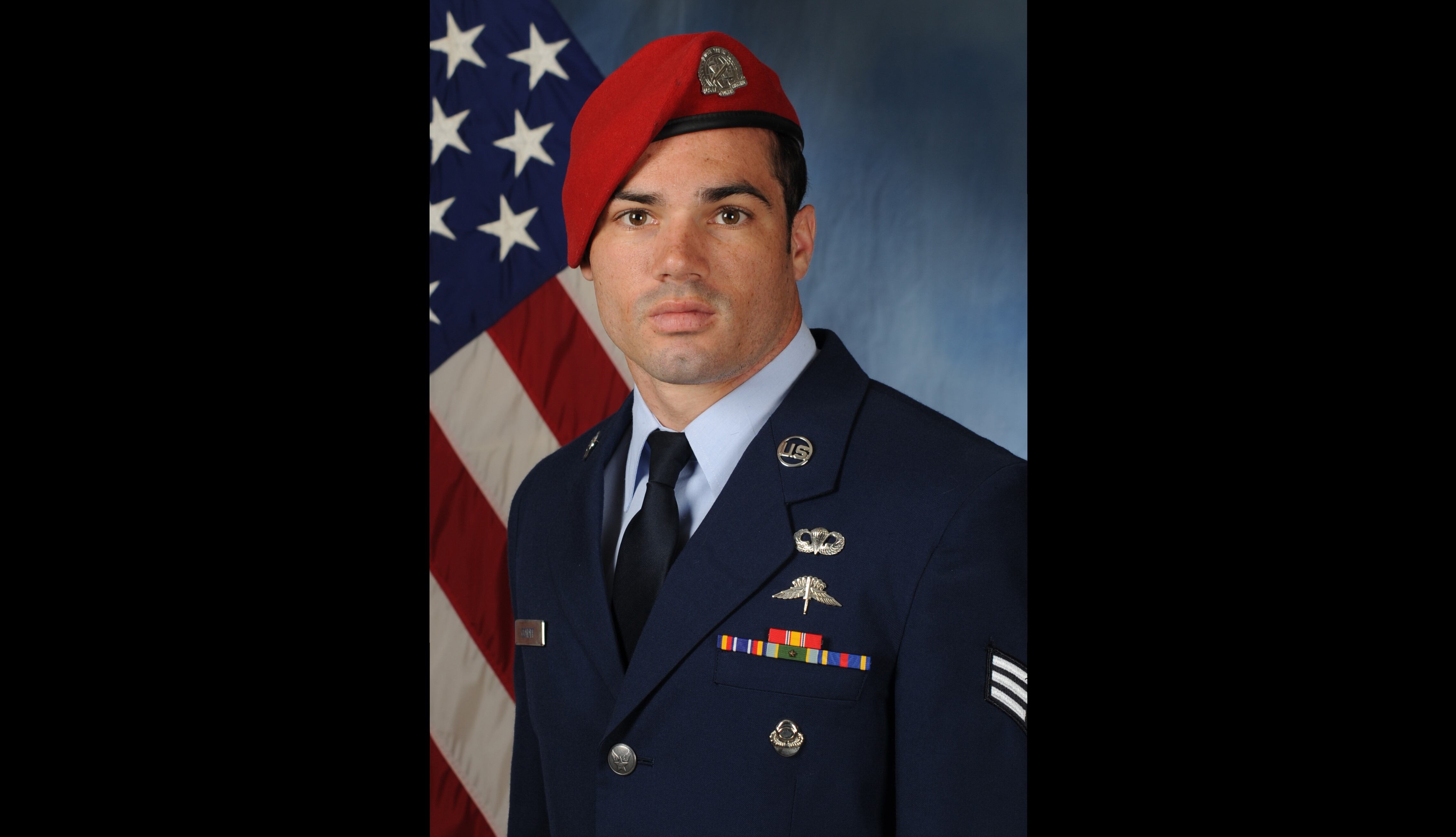
Airplane crashes aren’t always the only cause of aviation-related fatalities. In November 2019, combat controller Staff Sgt. Cole Condiff died in a flight-related mishap over the Gulf of Mexico. Condiff was standing in the doorway of a C-130 on a training mission when his parachute, which had not been prepared properly, caught a gust of wind and accidentally deployed, slamming him into the door frame and pulling him out of the aircraft.
Rauch said that the Air Force continually looks at the trends in mishaps as the year unfolds, to get a handle on what is happening, and whether there are common factors that can be addressed in near-real time.
For example, the Air Force identified a spate of landing gear collapses that were occurring last year, so the service went back to take a look at things such as training and the landing gear systems themselves to try to correct those problems, he said.
In one such case, an F-22 was seriously damaged in a Class A mishap when its right main landing gear collapsed during a January 2020 landing at Joint Base Langley-Eustis in Virginia. Fortunately, nobody was injured.
An F-15C from the Air National Guard also had a landing gear collapse while landing at the Portland Air National Guard Base in Oregon. That Class A mishap also caused serious damage, but no injuries.
Last spring and early summer, the Air Force experienced a string of fighter jet crashes, including crashes causing the deaths of 1st Lt. Kenneth “Kage” Allen and 1st Lt. David Schmitz.
Allen, an F-15C pilot assigned to the 493rd Fighter Squadron out of RAF Lakenheath, was killed iJune 15 when his plane crashed into the sea east of the United Kingdom.
Schmitz, of the 77th Fighter Squadron at Shaw Air Force Base, died June 30 in the crash of an F-16CM Fighting Falcon.
Former Air Combat Command head Gen. Mike Holmes was sufficiently alarmed by the trend to visit flying wings around the country in July in an effort to find out what was going on, and listen to the concerns of airmen in the field. Eglin Air Force Base in Florida also imposed a safety pause on flying operations last May after two fifth-generation fighters, an F-22 and an F-35, crashed in separate incidents days apart from one another.
Lt. Col. Paul Voss and Capt. Ryan Phaneuf died in January 2020 after their E-11A battlefield communications aircraft crashed in Afghanistan, following a broken fan blade that led to engine failure.
Instructor pilot Lt. Col. John “Matt” Kincade and student pilot 2nd Lt. Travis Wilkie died in a T-38C crash at Vance Air Force Base in Texas in November 2019, while Wilkie was attempting to carry out a controversial simultaneous landing alongside another T-38. The Air Force halted such formation landings in T-38s after the investigation into their deaths.
Two F-16s crashed in October 2019, one at Holloman Air Force Base in New Mexico and one at Spangdahlem Air Base in Germany, and another F-16 departed the runway and was significantly damaged during a landing at Kunsan Air Base in South Korea in December 2019. In all three Class A mishaps, the pilots ejected with minor or no injuries.
In another Class A mishap last June, a C-130H carrying seven aircrew and 26 passengers overran the runway at Camp Taji, Iraq, struck a concrete wall and caught fire. Four service members were injured, including the plane’s two pilots.
(Editor’s note: This article has been changed to correct the spelling of a pilot’s name and the base where a T-38 crashed.)
Stephen Losey is the air warfare reporter for Defense News. He previously covered leadership and personnel issues at Air Force Times, and the Pentagon, special operations and air warfare at Military.com. He has traveled to the Middle East to cover U.S. Air Force operations.


